10/23/23: Common App Technical Issue
This is all the Common App has shared since users began having issues this morning … but at least we know it is a known issue they are working on:
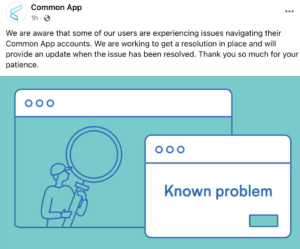
*Stay in the know! Subscribe*

This is all the Common App has shared since users began having issues this morning … but at least we know it is a known issue they are working on:

*Stay in the know! Subscribe*
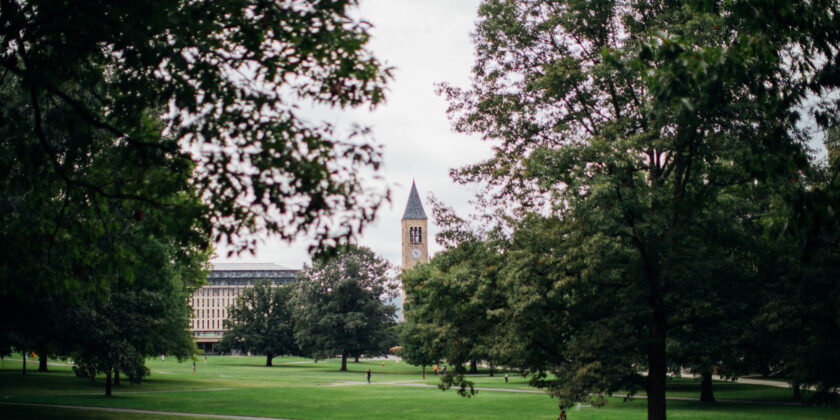
One of the reasons we place so much emphasis on essay work? The ability to tell a story — especially your story — matters. And not just in the college application process.
There is little that can match good storytelling for strongly connecting us to one another, influencing us to make decisions, and making us believe in the products that we depend on in our everyday lives. Sharing stories strengthens and bonds us to each other, our workplaces, our relationships, our communities, and the world around us. All great speakers have discovered that telling stories has a much greater influence on their audience than simply spewing out data.
Read more here!
*Stay in the know! Subscribe*

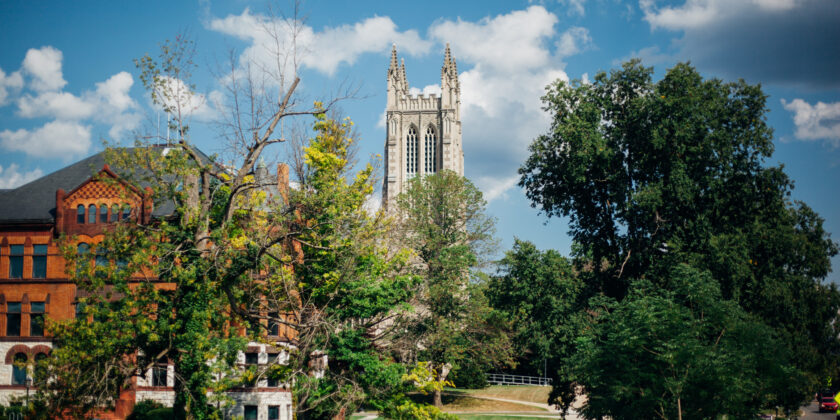
A tough one to read as a college counselor. Nothing new here from where we sit, but these are still hard truths and a call to action. It’s on all of us—not just parents!
A must-read!
*Stay in the know! Subscribe*
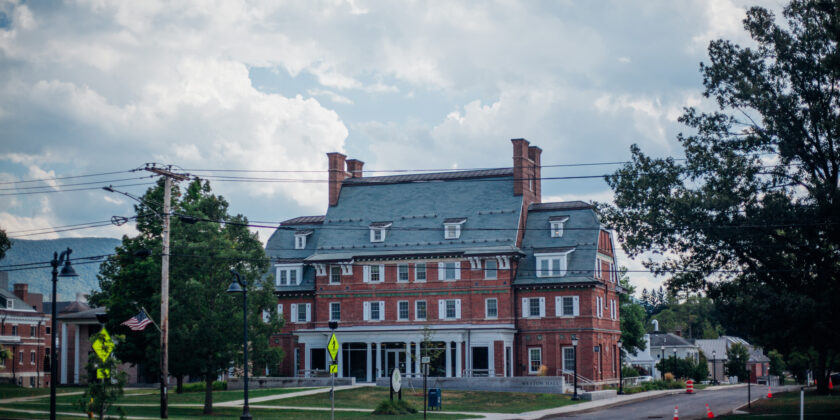
Applicants need to complete the SRAR for the following schools, where required. You can typically find more information about the SRAR on a school’s application instructions. Please read them.
Baylor University (TX) — optional
Binghamton University (NY) – optional
Clemson University (SC) — required
Duquesne University (PA) – optional
Florida A&M University – optional
Florida Atlantic University — required
Florida Polytechnic University (NOT Florida Tech) – optional
Florida State University — required
Kean University of New Jersey — optional
Louisiana State University – optional
Montclair State University (NJ) – optional
New College of Florida — optional
New York University – required
Northeastern University (MA) – required
Pennsylvania State University — required
Rutgers University (NJ—Camden, New Brunswick and Newark) — required
Texas A&M University — required
United States Air Force Academy (CO) — required
University at Buffalo (NY) – optional
University of Connecticut – optional
University of Delaware – required
University of Florida — required
University of Illinois — required
University of Minnesota Twin Cities – required; also uses CA Courses/Grades Report
University of North Florida — optional
University of Oregon – also uses CA Courses and Grades Report (need to submit only one of the two—not required to complete both)
University of Pittsburgh (PA) – required
University of Rhode Island — required
University of South Florida — required
University of Tennessee Knoxville – required
University of Texas Arlington — required
University of Texas San Antonio – required
University of West Florida — required
Virginia Polytechnic Institute and State University (Virginia Tech) – required
***Please be sure to check with each individual college website to determine if this information remains current — PLEASE READ the application instructions!***
*Stay in the know! Subscribe*

General interview prep questions below!
High School Experience
Extracurricular Activities
University Specific
Miscellaneous
*Stay in the know! Subscribe*

Applicants must complete the SRAR for the following schools, where required. You can typically find more information about the SRAR on a school’s application instructions. Please read them.
Examples:
https://www.clemson.edu/admissions/applying-to-clemson/srar.html
https://admissions.northeastern.edu/application-information/required-materials/
https://admissions.psu.edu/apply/srar/
List:
Baylor University (TX) — optional
Binghamton University (NY) – optional
Clemson University (SC) — required
Duquesne University (PA) – optional
Florida A&M University – optional
Florida Atlantic University — required
Florida Polytechnic University (NOT Florida Tech) – optional
Florida State University — required
Kean University of New Jersey — optional
Louisiana State University – optional
Montclair State University (NJ) – optional
New College of Florida — optional
New York University – required
Northeastern University (MA) – required
Pennsylvania State University — required
Rutgers University (NJ—Camden, New Brunswick and Newark) — required
Texas A&M University — required
United States Air Force Academy (CO) — required
University at Buffalo (NY) – optional
University of Connecticut – optional
University of Delaware – required
University of Florida — required
University of Minnesota Twin Cities – required; also uses CA Courses/Grades Report
University of North Florida — optional
University of Oregon – also uses CA Courses and Grades Report (need to submit only one of the two—not required to complete both)
University of Pittsburgh (PA) – required
University of Rhode Island — required
University of South Florida — required
University of Tennessee Knoxville – required
University of Texas Arlington — required
University of Texas San Antonio – required
University of West Florida — required
Virginia Polytechnic Institute and State University (Virginia Tech) – required
***Please be sure to check with each individual college website to determine if this information remains current***
*Stay in the know! Subscribe*
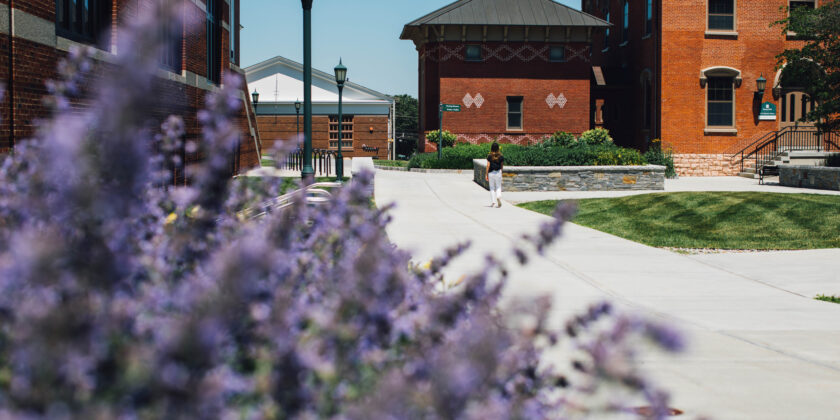
Application refresh dates. The system refresh begins this afternoon (July 27), which will conclude the 2022-2023 application season. The first-year application will close to applicants and recommenders at 5 pm ET on July 27, 2023. The transfer application will close to applicants and recommenders at 5 pm ET on July 28, 2023.
Account rollover. You can roll over your account on August 1. For more details about how account rollover works, reference the Solutions Center for frequently asked questions and tips in the application guide for first-year and transfer students.
*Stay in the know! Subscribe*

Each year on August 1, Common App launches a refreshed application, including any new questions and new colleges. Students will need to sign in and refresh their Common App accounts for the new cycle.
For more details about how account rollover works, reference our Solutions Center for frequently asked questions and tips in our application guide for first-year and transfer students.
Application refresh dates. Mark your calendars for our system refresh dates, which will conclude the 2022-2023 application season.
*Stay in the know! Subscribe*